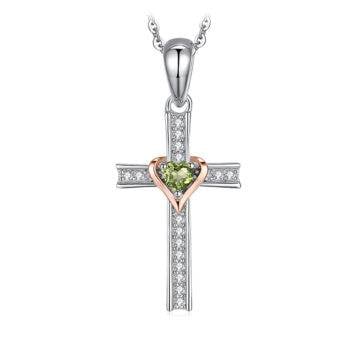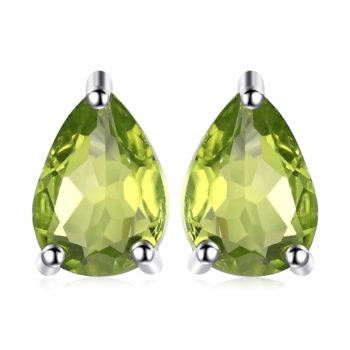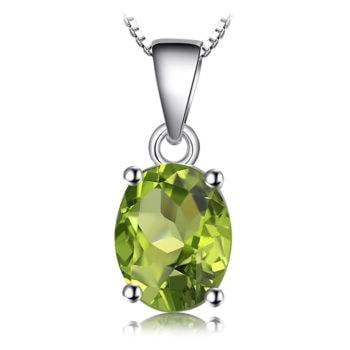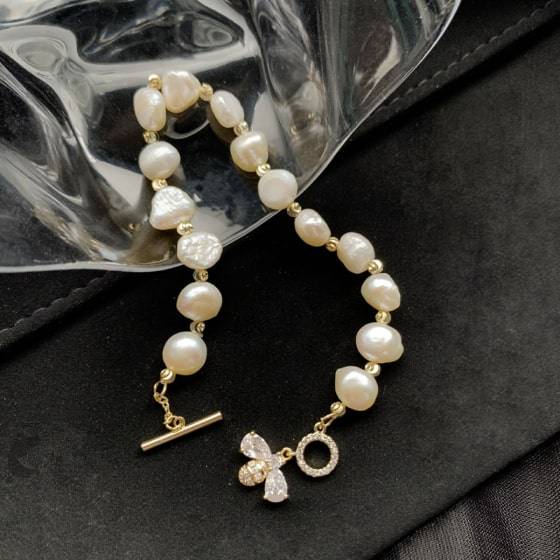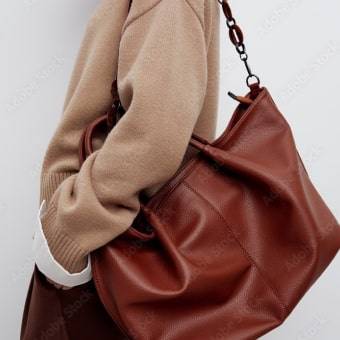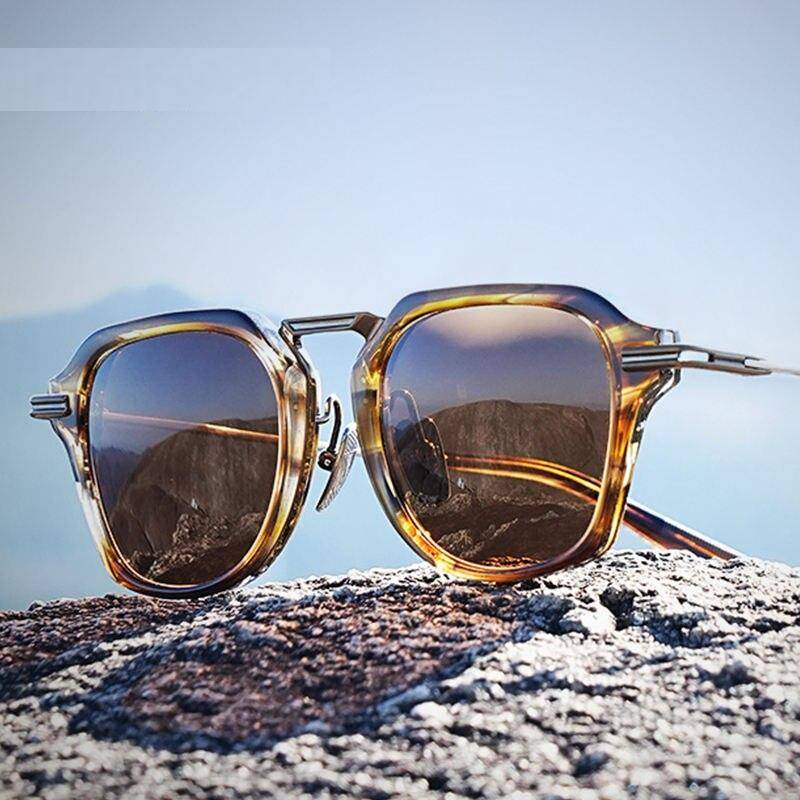Peridot Gemstone Fabulous Kiwi Green Wonder
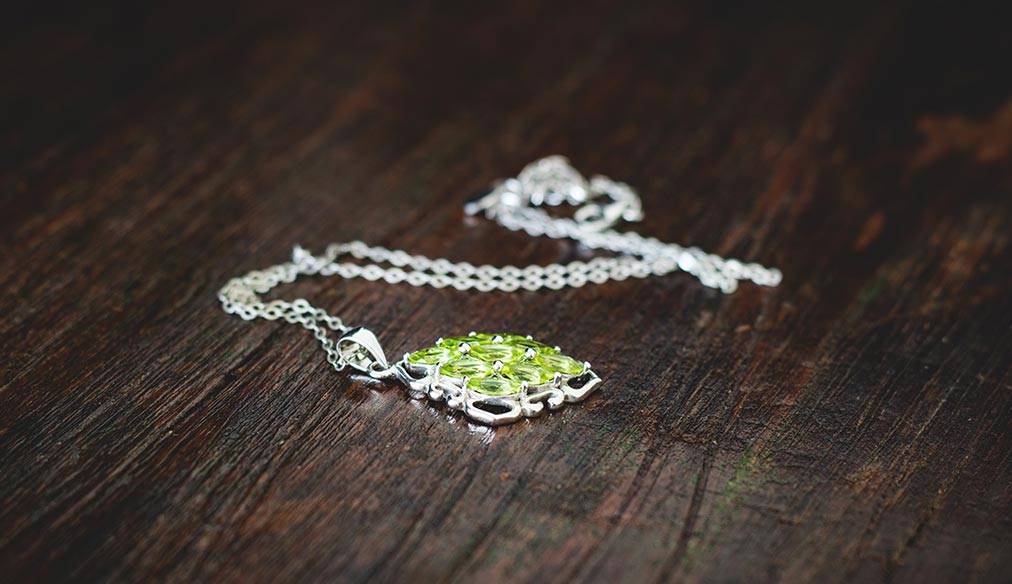
Peridot Gemstone benefits Fabulous Kiwi Green Wonder.
The finest peridot invokes visions of a tropical island paradise. It is a vibrant yellowish-green like the luscious, tropical kiwi fruit. Peridot has been mined for thousands of years on an Egyptian island in the Red Sea. It is also mined extensively in Arizona, Myanmar, China and Pakistan. Peridot crystal is fairly hard, commanding a 6.5 to 7 on the Mohs hardness scale (diamonds are a 10), so it can be worn on a daily basis as long as long as you are careful to avoid rough handling that could cause scratches. Peridot is not typically treated for enhancement. In rare instances, it can be filled with resin or oil. If you are fond of these lovely kiwi green gemstones you will be equally mesmerized by the following captivating alternatives:

1. Vesuvianite
If you love the color of peridot but yearn to own something less common, vesuvianite is the gemstone for you. Like peridot, the most coveted vesuvianite is a kiwi green peridot color with fiery yellow undertones. It is named after Mt. Vesuvius in Italy where it was first discovered. It is also known as idocrase. Gem-quality stone is mined in California, Canada, Tanzania and Kenya. Vesuvianite has a Mohs hardness rating of 6 to 7 so like peridot, it can be worn every day if moderate care is taken to avoid scratches. Vesuvianite has few if any natural inclusions and therefore does not need to be treated to enhance its attributes.
2. Sphene
The green variety of sphene is also a peridot look-alike. However, sphene exhibits a particularly brilliant, uncommon fire. That luscious kiwi green color is usually found in sphene hailing from Canada, Madagascar and Mexico. Green Sphene also comes from India but it tends to have mossy undertones. Sphene has a Mohs hardness rating of 5 to 5.5 so it is very susceptible to scratches. If you are going to wear sphene on a daily basis, go for pendants or earrings rather than bracelets or rings. Pendants and earrings don’t tend to get knocked around as much. Sphene does not need to be treated to enhance its attributes.
3. Demantoid Garnet
Fiery demantoid garnets will captivate all those who love peridot. The most prized variety of demantoid garnet is brilliant kiwi green in color with horsetail-like golden inclusions emanating from the center. Demantoid garnets were mined in Russia for centuries. Now, the source is almost depleted there, so Russian demantoid garnets can cost thousands of dollars. Most demantoid garnet currently hails from Madagascar and Namibia and does not typically have the horsetail inclusions of the prized Russian variety. Regardless, these gemstones are still breathtaking. Demantoid garnet has a Mohs hardness rating of 6.5 to 7. Like peridot, it can be worn every day if moderate care is taken to avoid scratches. Demantoid garnet can also be heated to enhance its color.
4. Kiwi Mystic Topaz
Kiwi mystic topaz is aptly named with its sumptuous yellow-green color. It has a surface coating created by chemical vapor deposition (CVD) that gives it that luscious kiwi color. Topaz is found worldwide but notable sources of gem-quality stone are found in Russia, Brazil and Madagascar. Topaz has a Mohs hardness rating of 8, so it is suitable for everyday wear although some care must be taken not to damage the CVD coating.
If you love the tropical kiwi green hue of peridot, consider adding some captivating alternative gemstones to your collection. Vesuvianite and sphene are uncommon gemstones that could easily pass for peridot with their gorgeous yellow-green hues. Demantoid garnets and kiwi mystic topaz are also alluring alternatives to peridot that are sure to mesmerize you.
All right’s reserved @ 2020 Jwlraddicts.com



